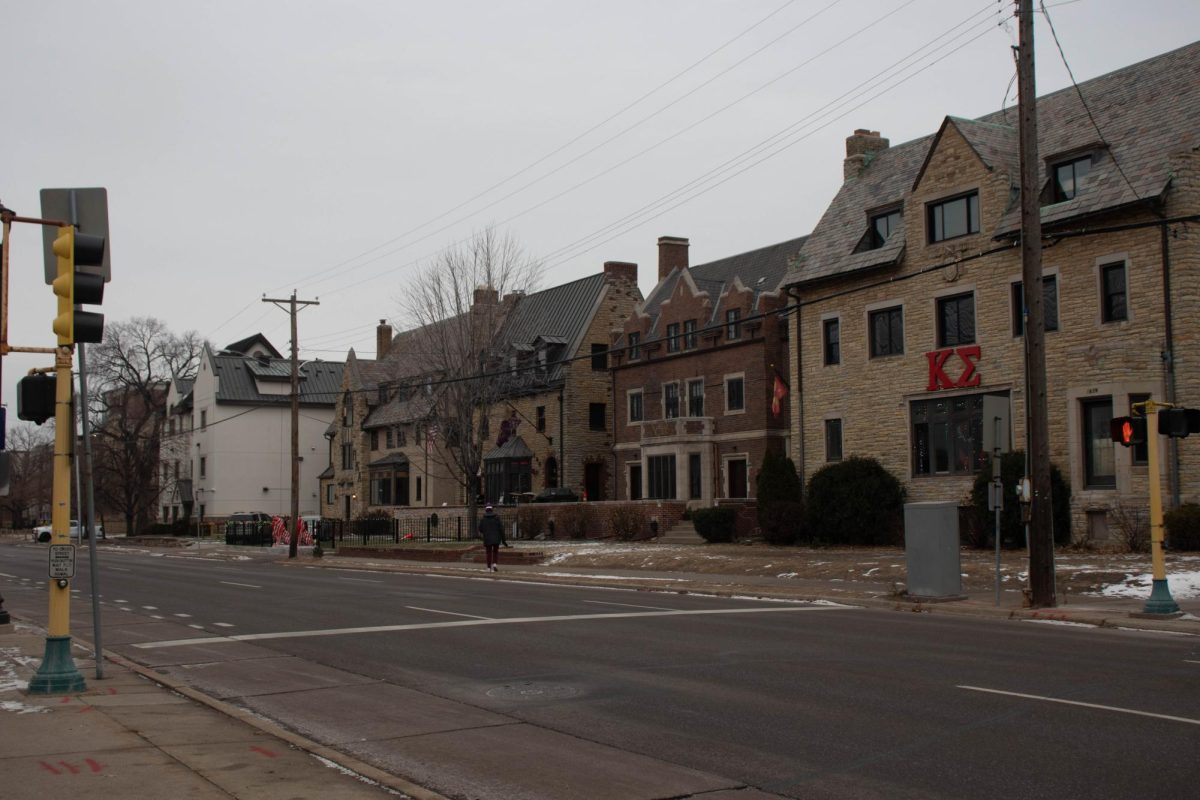In his Oct. 10 column, “Increasing support for students key to U’s success,” President Bob Bruininks laid out his response to the crisis of rising tuition costs. The solution he proposes simply does not add up.
He notes that a generation ago a student could pay for their education by working 24 hours per week at a minimum-wage job, while today it would be necessary to work 60 hours per week. He plans to fulfill his promise by raising $150 million to endow scholarships. After two years, the Promise of Tomorrow drive has raised $91 million.
This has allowed the University to give scholarship money to 1,043 more students, and to increase the average amount of all scholarships. He then goes on to cite a number of new spending initiatives aimed at improving the educational experience of students.
The president’s plan to ensure the accessibility of the University cannot work. To understand why, we need to look at the mathematics of scholarship endowments.
The $91 million raised for scholarships over the past two years needs first to be reduced by 12 percent to cover fundraising costs. This leaves $80 million. This sum is then invested. From the annual earnings the cost of administering the investments is deducted, and a portion is reinvested so that the endowment is not eroded by inflation. The remainder is available for disbursement as scholarships. Let’s call this amount the yield. Currently the University’s yield is running about 5 percent of its endowment. So this extra $91 million gives us a yield of about $4 million.
If this $4 million were divided equally among the 5,908 scholarship recipients, each would receive $680 more per year.
But in the two years it took to raise this added aid, the University’s tuition went up by more than $1,400. When in a year or two the Promise of Tomorrow campaign reaches its $150 million goal, the yield will be $6.6 million. The University plans to divide this among 7,500 recipients, meaning a total increase of $880 per student over the pre-fund drive level.
So they will still not have caught up with the 2004-2005 tuition increases, and by this time tuition will be even higher. So we beat on: boats against the current. The University’s promise is put off to some ever-receding tomorrow.
What is to be done? The University is committed to doing “everything possible to ensure that financial barriers don’t come between good students and a chance to study at the University.” And “scholarships are the University of Minnesota’s top fundraising priority.”
Let’s look at the impending $100 annual stadium fee that is going to be imposed on students. Suppose we cancel it and call the $100 annual savings per student the President’s Nonstadium Virtual Scholarship. The $100 multiplied by 40,000 students equals $4 million. If this were the yield from an endowment, the virtual endowment would be $80 million ($4 million/ 0.05). Adding 12 percent to this (there are no fundraising costs associated with virtual endowments) gives the equivalent of $90 million raised for scholarships. The Promise of Tomorrow’s goal is achieved today.
Over the past 10 years the University has raised tuition 77 percent above the rate of inflation. During this same period Michigan State University had a policy of not raising tuition above the rate of inflation. What if the University had followed this model?
What if the University had taken the $4,400 tuition increase of the past 10 years and turned it into a virtual scholarship? The size of the corresponding virtual endowment would reach Harvardlike proportions – easily top three world class. Do the math. What needs to be done is easily summed up:
– Save the U
– Cut Costs
– Make ¢
Robert Katz is a University library assistant. Please send comments to [email protected].







